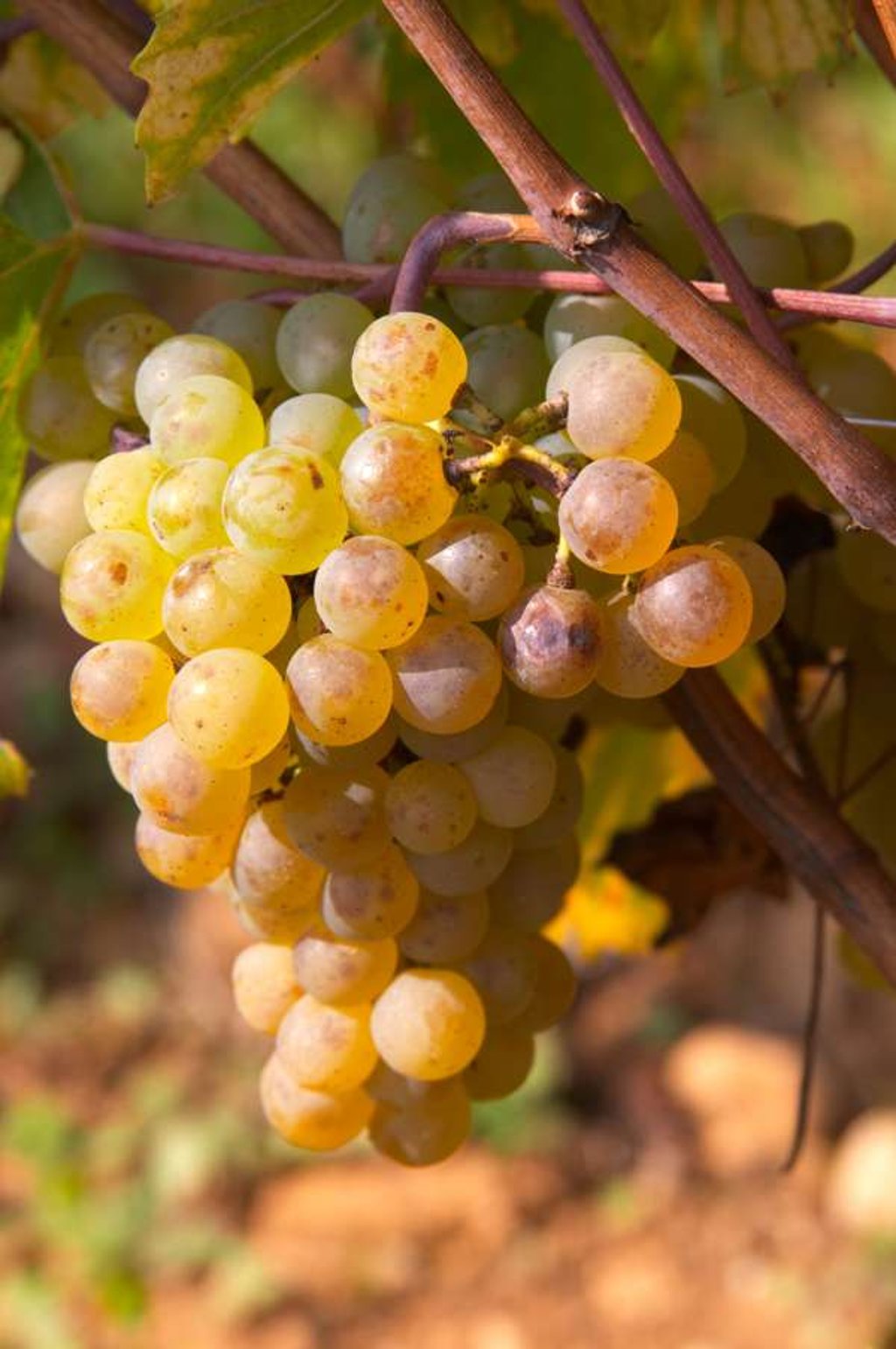Grape & Grain | Master of Wine Sarah Heller’s desert island wines
If you could take reds, whites, rosés, sparkling, sweet, and fortified wines – no more than two from each category – to a new planet, from which seven regions would you take them? Writer’s selection has some surprises

For anybody disappointed that this column has not focused more on things such as, say, actual wines, I must confess that since passing the Master of Wine exams I’ve taken a hiatus from the endless stream of tasting that was my pre-exam existence.
Apparently I’m not alone in abandoning the bottle in the afterglow of passing. I recently shared dinner with an MW who confided that he too had markedly reduced the volume and diversity of his consumption post-practical (the name for the tasting exam). As director of a large winery, he spends most of his time tasting his own wine or that of his immediate competitors.
Arguably, studying for the MW involves an aberration in the drinking patterns of virtually everybody, no matter how involved they are in the trade. There are few people – and certainly not most retail buyers – who have recent tasting experience of everything from semi-sweet red blends to grand cru Burgundy, with Georgian, Uruguayan and Oregonian wines thrown in for good measure.

In fact, for MW students based in actual wine regions, the difficulty of accessing this panoply of wines is a marked hurdle. Most wine industry folk inevitably gravitate towards that which is essential for their work and, with any remaining liver points, wines they truly love. Some of us are lucky enough that these two categories overlap.
The challenge with readjusting to civilian life is that our student mandate is to set aside personal preferences and to judge each wine based purely on the market need it fills. A white zinfandel must be judged against other casual-consumption wines, not against wines we personally want to drink. But after a few years in the programme, you begin to lose clarity about exactly which wines those are – especially if, like me, you decide you must forgo anything funky and interesting that might implant treacherous sensory memories in your head that could lead you astray in an exam.